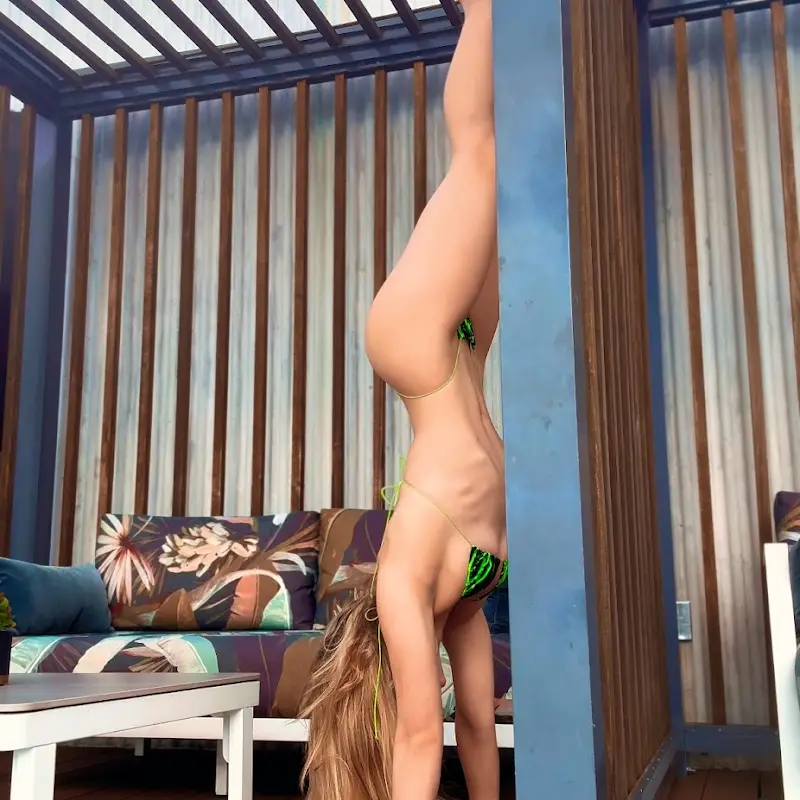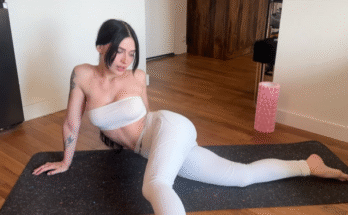
Stretching is one of those simple things that most people know they should do, but often forget or neglect. We’re told it improves flexibility, reduces soreness, and helps us feel more mobile. Yet somehow, many of us roll out of bed in the morning, sit for hours at work, or finish a workout without giving even two minutes to stretching. The question is: what will finally motivate you to stretch? Let’s explore why stretching matters, what it actually does for your body and mind, and how you can build the habit in a way that feels rewarding instead of like a chore.
The science behind stretching
When you stretch, you lengthen muscle fibers and encourage better blood flow. This helps bring oxygen and nutrients to the muscles, which is why stretching after exercise often reduces soreness. It also signals to your nervous system that your muscles don’t need to stay in a tense, shortened state all day.
Over time, consistent stretching improves flexibility and range of motion. This means you can squat more comfortably, reach overhead without pain, and even sit on the floor with ease. Many people think flexibility only matters to dancers or athletes, but the truth is, everyday movements—like bending to tie your shoes or twisting to grab something from the back seat of a car—become smoother and safer with flexibility.
More importantly, stretching helps counteract the effects of modern life. Hours of sitting cause tight hips, rounded shoulders, and stiff lower backs. Regular stretching can undo some of that damage, making you feel lighter and freer.

Physical benefits that may motivate you
- Less pain and stiffness – Imagine waking up without that dull ache in your neck or back. Stretching encourages better posture and eases muscle tension.
- Better posture – Consistent stretching of tight muscles like hip flexors and chest muscles can realign your body so you naturally stand taller.
- Reduced risk of injury – Muscles that are flexible and well-supplied with blood are less likely to tear under sudden movements.
- Improved workouts – Stretching before a workout primes your muscles, while stretching after keeps them from tightening up.
- Longevity of movement – As you age, flexibility often decreases, but stretching helps you maintain independence in daily life.
Mental benefits of stretching
Stretching is not just about muscles—it’s about the mind. When you take a moment to pause, breathe, and lengthen your body, you create a mini-reset. Many people describe stretching as a moving meditation. It’s a chance to focus on the present moment, to notice how your body feels, and to let go of stress.
Studies have shown that stretching reduces cortisol (the stress hormone) and increases feelings of relaxation. It can even improve your mood. Think about how you feel after a good morning stretch—more awake, more alert, more ready to face the day. That’s not just your imagination. Your body literally communicates to your brain that things are safe and calm.
Common reasons people avoid stretching
If stretching is so beneficial, why do people skip it? Some say it’s boring. Others think it takes too much time. Many don’t know which stretches are effective or how long to hold them. And some simply don’t feel motivated until they’re already in pain.
The truth is, stretching doesn’t have to be complicated or time-consuming. A few minutes can make a real difference. The key is finding the right motivation to start and keep going.

Does this motivate you? Imagine this:
- You get out of bed and your back doesn’t ache when you bend forward.
- You can sit cross-legged on the floor with your kids or pets without feeling stiff.
- You finish your workout and don’t wake up the next day feeling like you can’t walk.
- Your shoulders naturally roll back, your chest is open, and you look more confident.
- You feel calmer, more centered, and less weighed down by stress.
These are not distant goals. With just five to ten minutes of stretching a day, you can start noticing changes in how your body feels within a couple of weeks. That’s powerful motivation.
Simple stretching routine to get started
Here’s a short routine you can try today. No equipment needed, just a quiet space:
- Neck stretch – Sit tall, tilt your head gently to one side, and hold for 20 seconds. Repeat on the other side.
- Shoulder rolls – Roll your shoulders forward 10 times, then backward 10 times.
- Chest opener – Clasp your hands behind your back, press your chest forward, and breathe deeply. Hold 20 seconds.
- Cat-Cow stretch – On hands and knees, alternate between arching your back (cat) and dipping your spine (cow). Repeat 6–8 times.
- Seated forward fold – Sit with legs straight, reach toward your toes, and relax into the stretch. Hold 30 seconds.
- Hip flexor stretch – Step one foot forward into a lunge position, keep your back leg straight, and gently press your hips forward. Hold 20 seconds each side.
- Hamstring stretch – Place one heel on a low surface, keep your leg straight, and hinge forward at the hips. Hold 20 seconds each side.
This routine takes about five minutes. You can do it in the morning, after work, or before bed. The key is consistency, not intensity.

How to stay motivated to stretch
- Attach it to a habit you already do – Stretch after brushing your teeth, or while watching TV.
- Make it enjoyable – Play relaxing music, light a candle, or stretch outdoors.
- Track your progress – Notice when you can reach farther or feel less stiffness.
- Think of it as self-care, not a chore – Instead of “I have to stretch,” say “I get to stretch and take care of my body.”
- Start small – Even one or two stretches a day can build momentum.
A story to inspire you
Picture Sarah, a 35-year-old office worker. She used to sit at her desk all day, then go home exhausted. Her back hurt constantly, and she blamed it on getting older. One day, a friend convinced her to try a five-minute stretch routine before bed. At first, she rolled her eyes, but after a week, she noticed her mornings felt easier. Two weeks later, she realized she hadn’t had a headache in days. A month later, she was sitting taller, moving easier, and even sleeping better.
Sarah didn’t become a yoga master or spend hours stretching. She just gave herself a few minutes each day—and it changed her quality of life.
Final thoughts
So, does this motivate you to stretch? If you’ve been skipping it, maybe this is your sign to give it another try. Stretching isn’t about touching your toes or showing off fancy poses. It’s about giving your body what it craves—space, movement, and relief. It’s about choosing to feel better, not someday, but today.
Take a moment right now. Stand up, roll your shoulders back, reach your arms overhead, and breathe deeply. Notice how even that small act shifts your energy. That’s the power of stretching.
The only question left is: will you start today?



